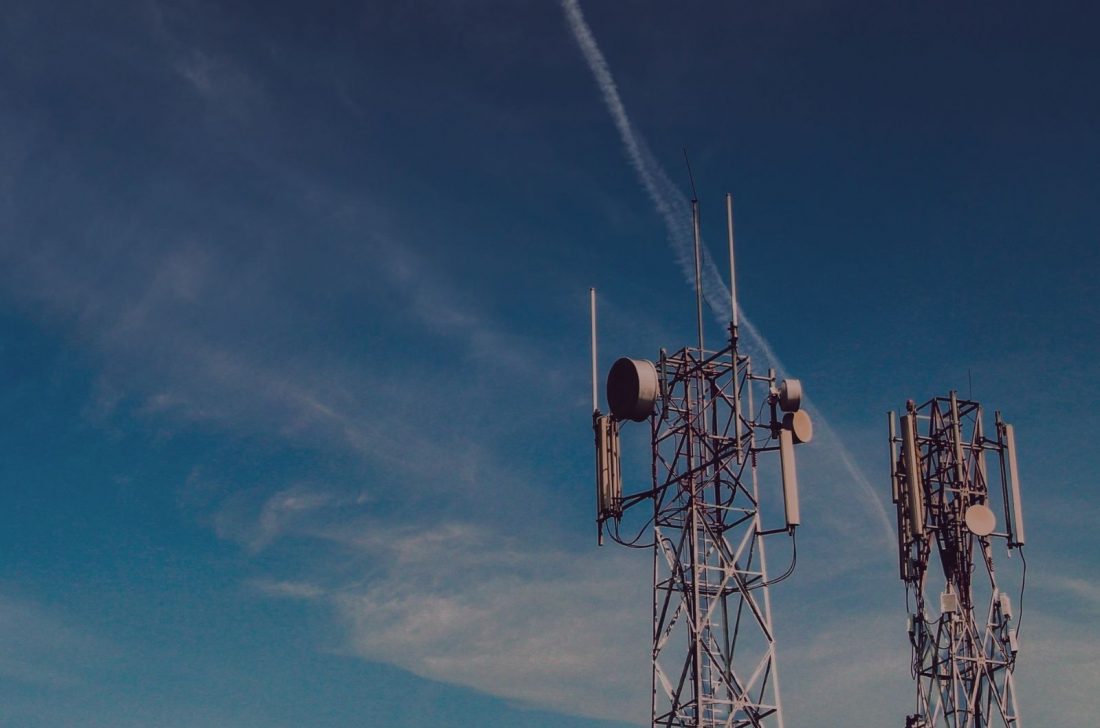

In an increasingly turbulent world, resilience has become critical to long-term viability. And while it’s impossible to be able to prevent every form of mishap or downtime, the key to true resilience is in being prepared and able to bounce back after a ‘shock’ to your operational environment. This is a make-or-break moment for most businesses, but especially for telco providers.
If your company is hit with something like a cyberattack or a severe weather event, how quickly can it resume operations? How many tens of thousands of people can it avoid affecting? True operational resilience is the ability to plan for, identify and recover from unpredictable events like these without a hiccup (or without plunging your customers and clients into total darkness).
Whether shocks are natural or man made, operational resilience is typically facilitated by three things:
One very real shock that recently tested the operational resilience of countless businesses both in Australia and overseas was COVID-19. This unprecedented global event was a significant real-world test. The frequency and severity of lockdowns, coupled with border closures and a shift to remote work have ushered in a new way of working. As a result, we’ve seen changes that would have typically manifested over a number of years take place in a matter of weeks.
For example, more people were at home than ever before, relying on the internet to bridge the gap to normality in the workplace. As a result, upload demand increased significantly across the board as an unprecedented number of Australians turned to video conferencing to connect with family and colleagues.
Situations like these prove how invaluable true operational resilience can be. Achieving it, however, requires learning. Being able to analyse and interpret valuable data collected from your critical assets allows you to adapt your company’s practices, better preparing you for potentially catastrophic future events.
As stated by a KPMG report, Australia’s essential services providers—those that provide critical services to communities and businesses—are reeling from the effects of the pandemic and the various challenges posed by the ongoing natural disasters that preceded it. And with phone and internet now considered essential services, telco businesses are now being tested on multiple fronts. Unfortunately, customers, investors and providers are feeling the lack of preparedness.
As the old adage goes, hindsight is always 20/20. While true operational resilience certainly seems like a no-brainer for most telco providers, it wasn’t until the crisis hit that the reliance on these companies became clear and the need for stronger operational resilience revealed itself.
For instance, where calling an ambulance was once as simple as picking up the landline handset, the advent of mobiles, and consequent universal service obligations, has put more pressure on providers to make progress within the realm of connectivity, particularly in rural areas. Unfortunately, for many telco providers there’s still a ways to go when it comes to achieving true operational resilience.
As telco providers are increasingly being thought of as essential services, the impacts of critical failures are having more severe ramifications. An important thing to understand is that weaknesses in operational resilience can have both financial and non-financial consequences. In worst case scenarios, they can even affect an entity’s long-term viability, according to a recent McKinsey & Company report.
When a crisis hits, it can cause costly outages. It can also compromise your company’s physical and network security. During the pandemic, access to these providers was essential to supporting economic activity as countless businesses began occupying a digital presence as a way of adapting to lockdown measures.
Now, being empowered with operational resilience (and therefore learning from past critical events, such as the pandemic) has countless benefits that can be categorised into three groups.
Achieving operational resilience comes down to strategy and planning. Distributed networks of critical assets are complex beasts and knowing how to manage the countless interrelated checks that need to happen within the realms of safety and network connectivity requires a clear knowledge of the technology and systems. It also requires an understanding of independent silos (maintenance, monitoring and deployment) and how they need to work together to provide stability.
After all, operational resilience can’t be achieved by focusing on just one problematic area. It requires a cross-functional focus on the bigger picture.
From a technology perspective, we believe the following six steps will take your telco or utilities company closer to true operational resilience:
As we’ve established, telcos are increasingly being considered as essential services. As such, service delivery expectations have changed—more is needed. This is where a trusted partner can help you unlock operational efficiencies that could future-proof your company in the long term.
Look for an end-to-end provider that enables its customers to leverage changes without overhauling their network equipment. For instance, at accesstel we use our comprehensive knowledge and agility to minimise the risk of critical failure for our customers. Armed with accesstel’s support and your own dedicated toolkit, you can effectively anticipate and mitigate potential risk.
Ready to partner with Australia’s leading provider of granular intelligence across distributed networks of critical assets? We’re ready to drive valuable outcomes for your business.

How accesstel helps customers deal with the changing energy landscape.
Read more
The threat of a cyber attack is real and growing in complexity. Is your business prepared for a potential attack?
Read more
Avoid downtime and lost revenue by leveraging the capability of modern technology to manage issues from a distance.
Read more